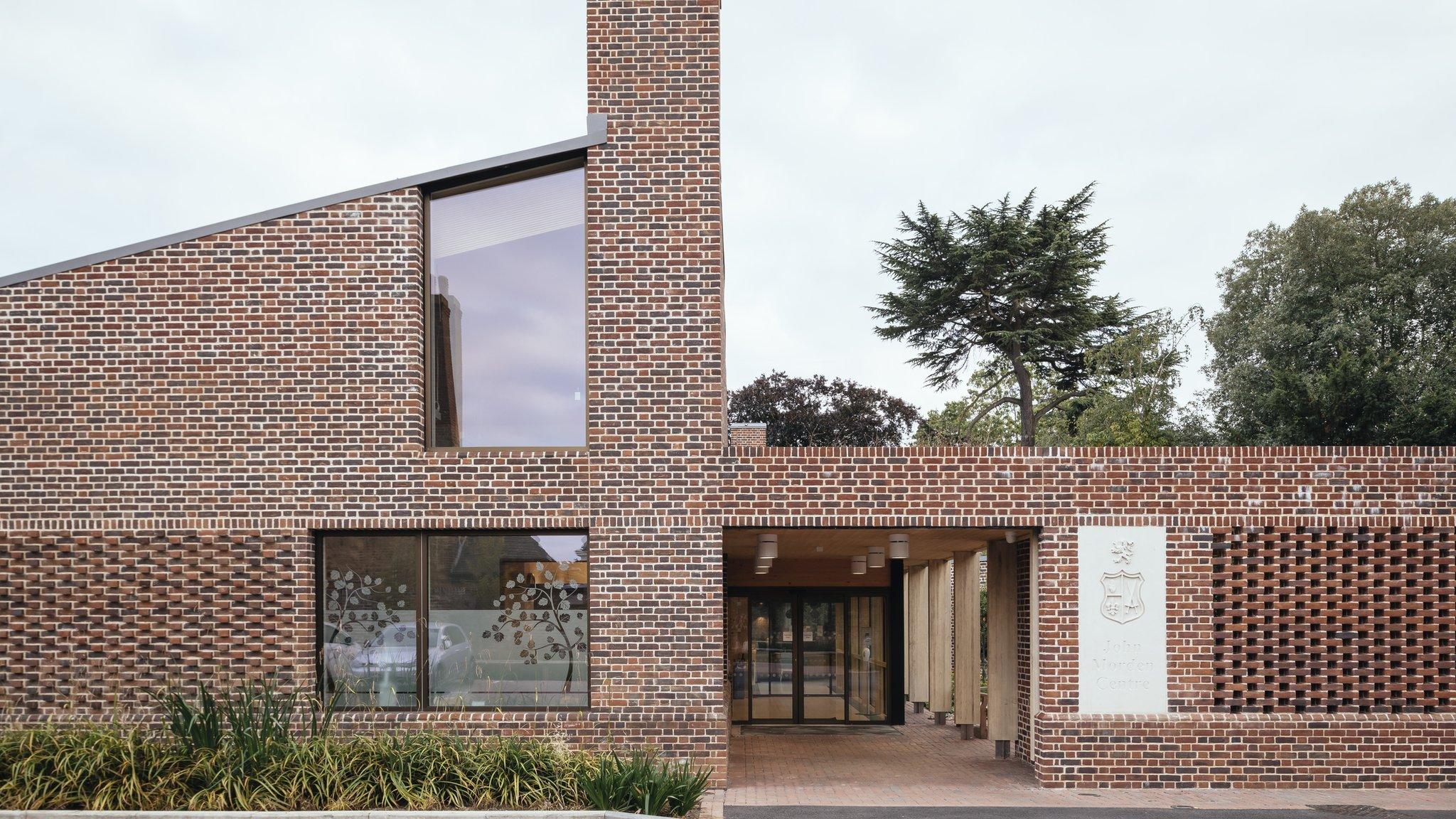Elizabeth line shortlisted for architecture prize
- Published
- 55 Comments
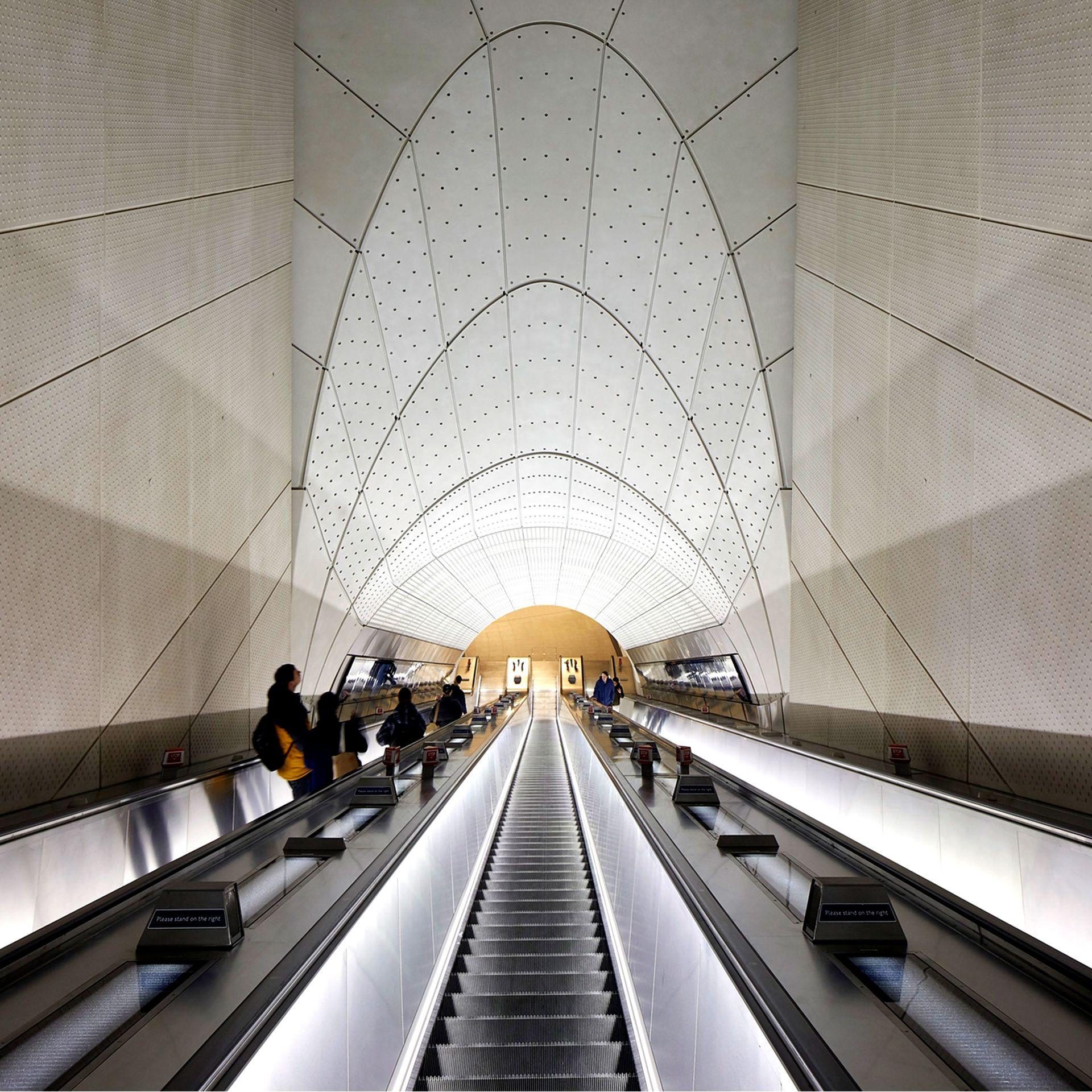
The Elizabeth line, a rail network which opened in London in 2022, has been announced as one of six nominees for the 2024 Riba Stirling prize for architecture.
Other sites and structures nominated by the Royal Institute of British Architects include the National Portrait Gallery, a social housing development in east London, and a dairy farm in Dorset which has been renovated to be more accessible for wheelchair users.
Four out of the six nominees this year are in London. Riba will announce the winner in October at the capital's Roundhouse.
The John Morden Centre, a retirement day care facility in the capital, won last year’s prize.
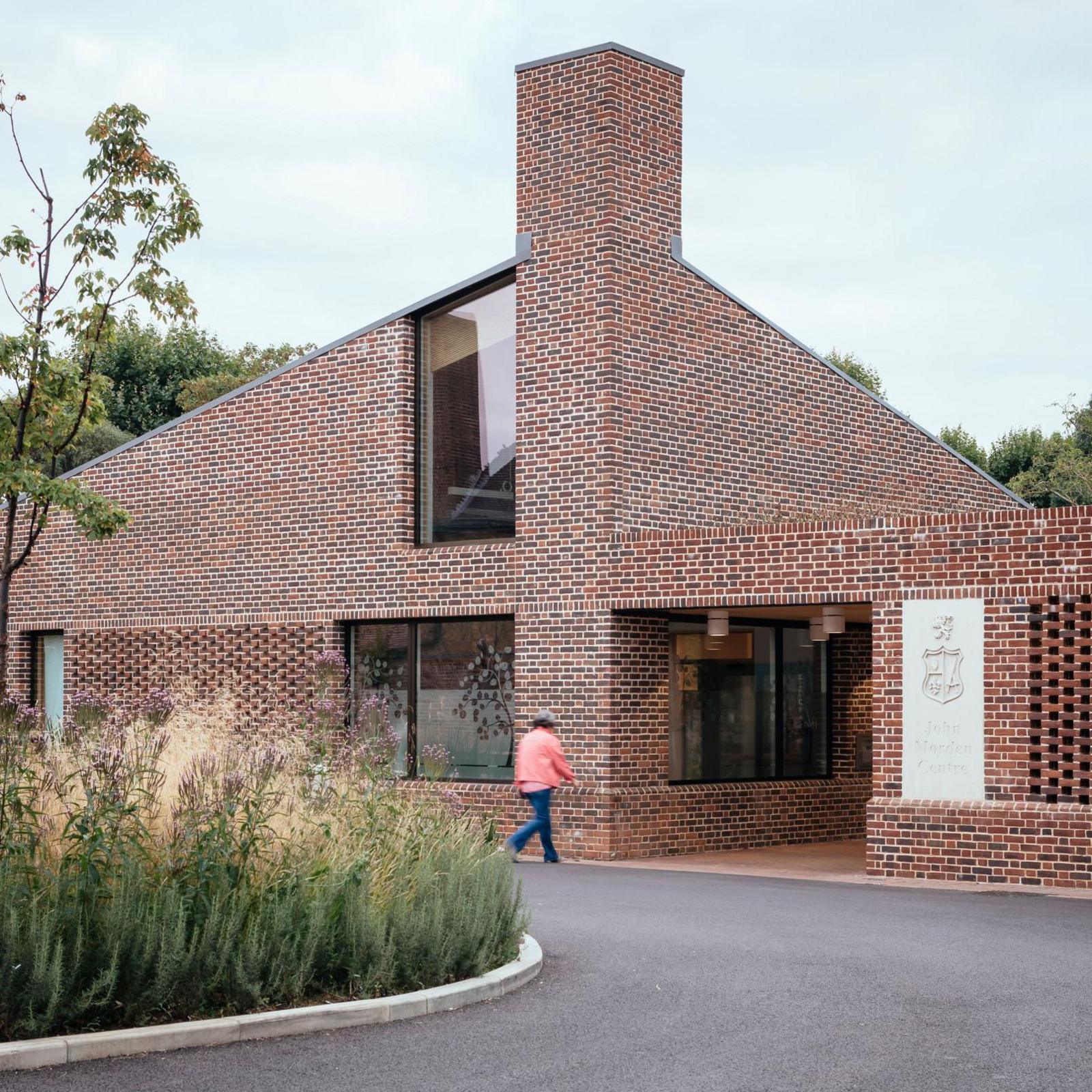
The Riba judges said last year's winner, the John Morden Centre, set an example of how to "raise the bar of quality in social healthcare"
The prize is given to the architect of a building thought to be the most significant of the year and is judged on a range of criteria including design vision, innovation and originality.
Other previous winners of the prize - first presented in 1996 - include Liverpool's Everyman Theatre, Hastings Pier and the Scottish Parliament building in Edinburgh.
The 2024 nominees:
Chowdhury Walk, London (by Al-Jawad Pike)
The Elizabeth line, London (Grimshaw, Maynard, Equation and Atkins)
King’s Cross Masterplan, London (Allies and Morrison and Porphyrios Associates)
National Portrait Gallery, London (Jamie Fobert Architects and Purcell)
Park Hill Phase 2, Sheffield (Mikhail Riches)
Wraxall Yard, Dorset (Clementine Blakemore Architects)
Although the Elizabeth line opened in 2022, it was not eligible for the prize until this year because of the award's eligibility rules.
Organisers said projects are required to have been in use for at least one year to be eligible for entry - which means to be eligible this year, all projects must have been completed between October 2020 and December 2022.
Riba President Muyiwa Oki said this year’s shortlisted projects "demonstrate the ingenuity and diversity of architecture today".
"Whether raising the bar for social housing, upgrading city transportation or repurposing dilapidated buildings to create heritage-conscious urban and rural developments, each scheme thoughtfully adapts elements of our existing built environment," he added.
"At a time when the need to preserve our planet’s resources is greater than ever, these projects are to be commended for placing regeneration and restoration front and centre."
Chowdhury Walk, London by Al-Jawad Pike
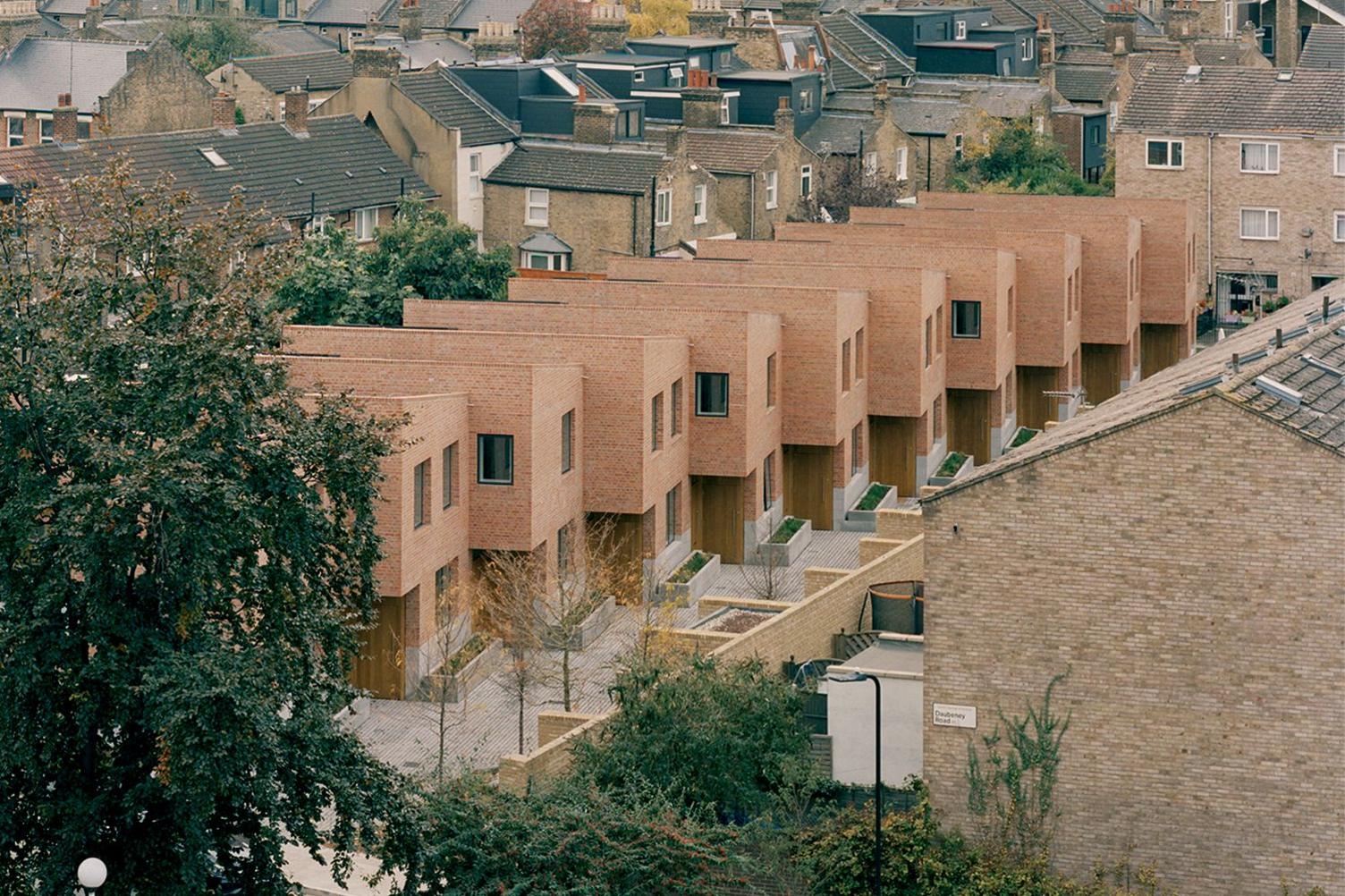
It's the first time Al-Jawad Pike has been nominated for the Stirling prize
These 11 homes – seven of which are social housing – are built on a site which was previously used for parking and garages.
The panel says it was "an exemplary blueprint for social housing" and that "sculptural form gives a strong, confident presence to the staggered two-story terrace that weaves along a newly created public thoroughfare for pedestrians and cyclists".
The Elizabeth line, London, by Grimshaw, Maynard, Equation and Atkins
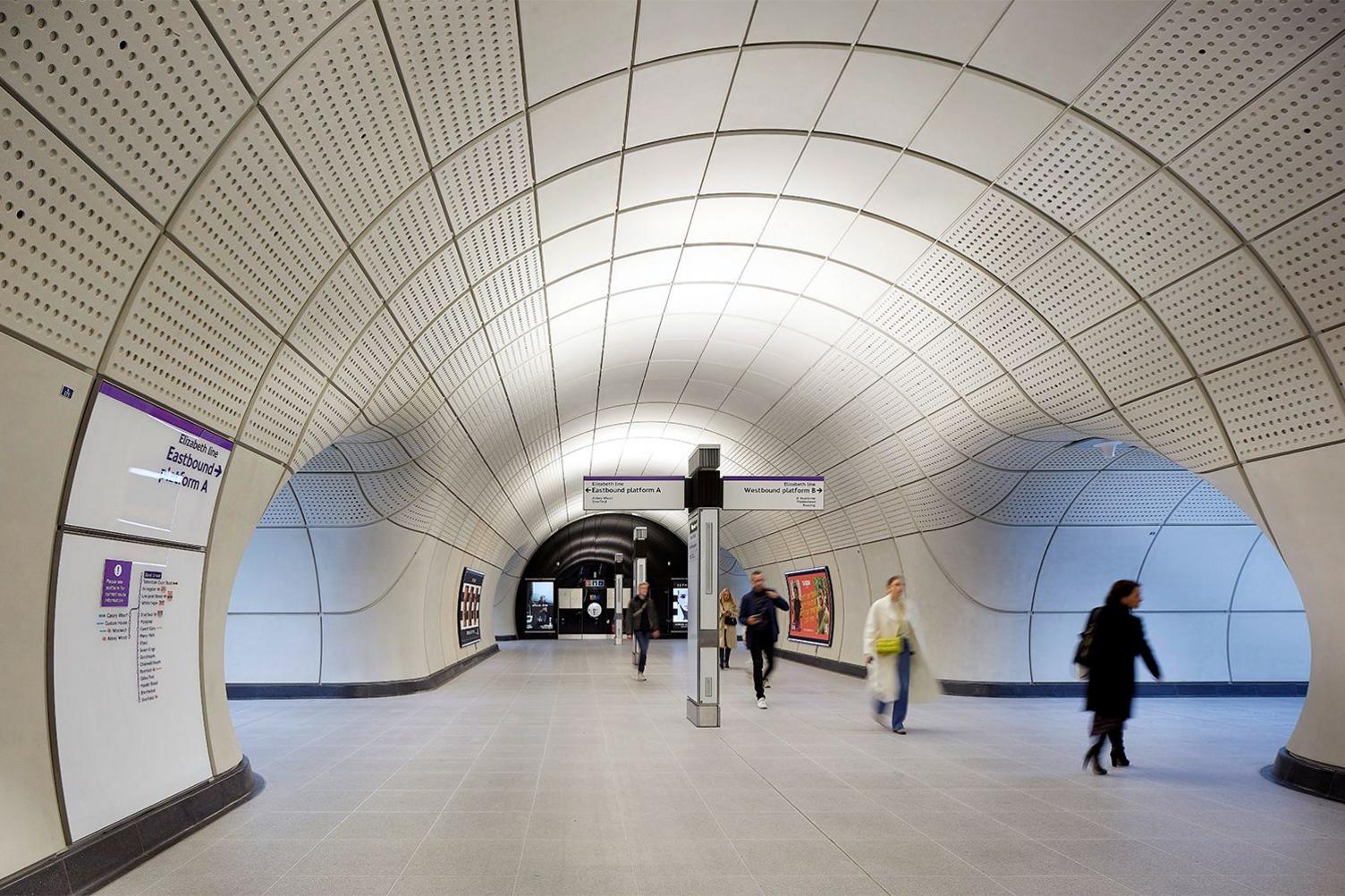
The Elizabeth line has been called a "mammoth feat of construction and collaboration" by the jury
The Elizabeth line has already been named as the winner of Riba's London Building of the Year, and now it could also win the overall Stirling prize.
Judges hailed it a "transport tour de force", adding that it is "a major infrastructure project that sets a new standard for inner-city transport".
The rail line, which can take passengers from Berkshire to Essex, was named after the late Queen Elizabeth II.
King’s Cross Masterplan, London by Allies and Morrison and Porphyrios Associates
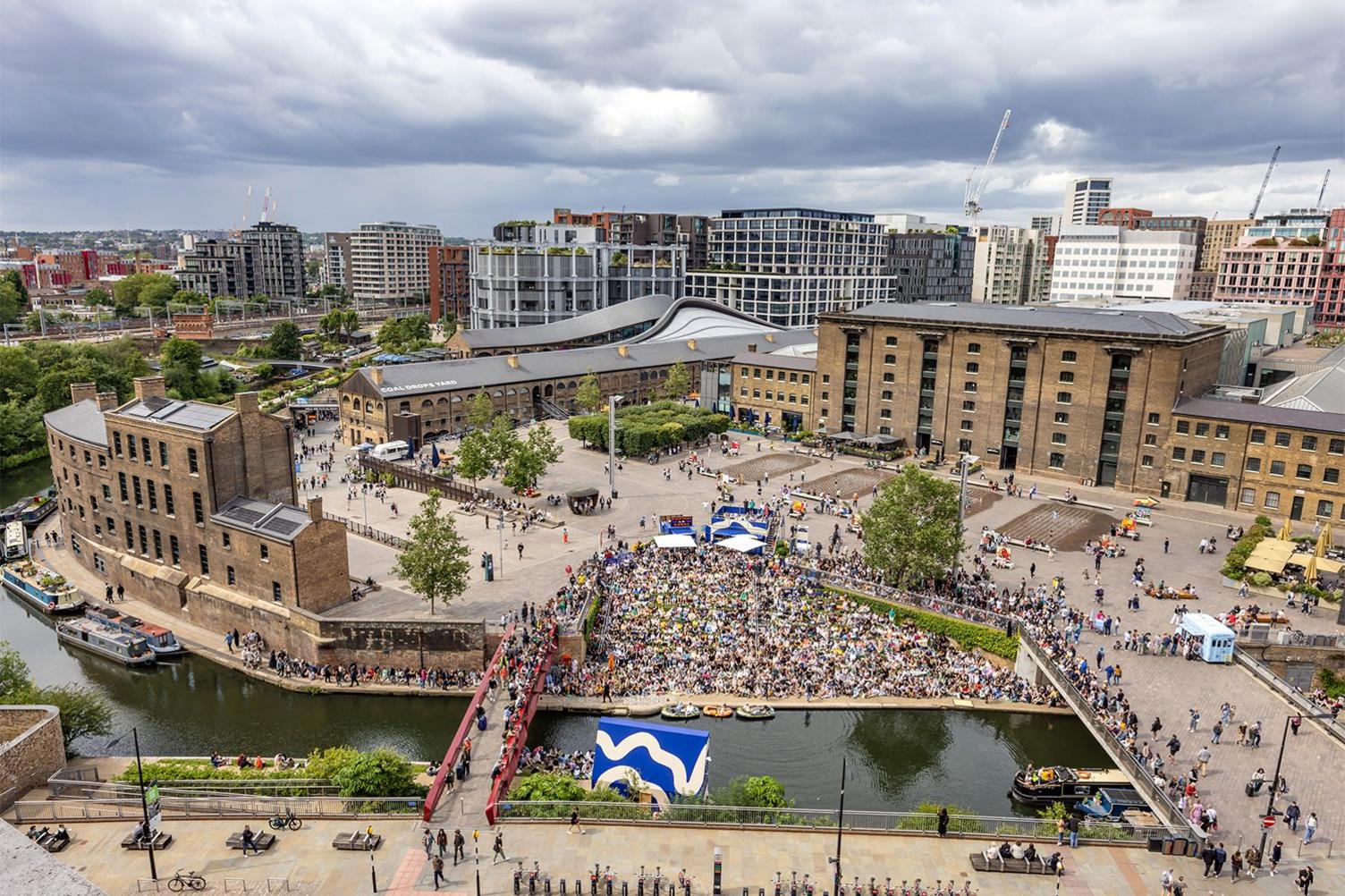
The 'urban beach' was described as "another clever thread in stitching a previously cut-off part of the city back into the wider urban fabric"
The Kings Cross site – which has been 20 years in the making – "is the result of remarkable reintegration and regeneration", the panel said.
They added that "new streets, squares, offices, schools, university facilities and accommodation" had transformed the area "into a thriving hub of activity".
There was also praise for the "urban beach" by Regent's Canal – "a vibrant, valuable addition to London’s public realm".
National Portrait Gallery, London by Jamie Fobert Architects and Purcell
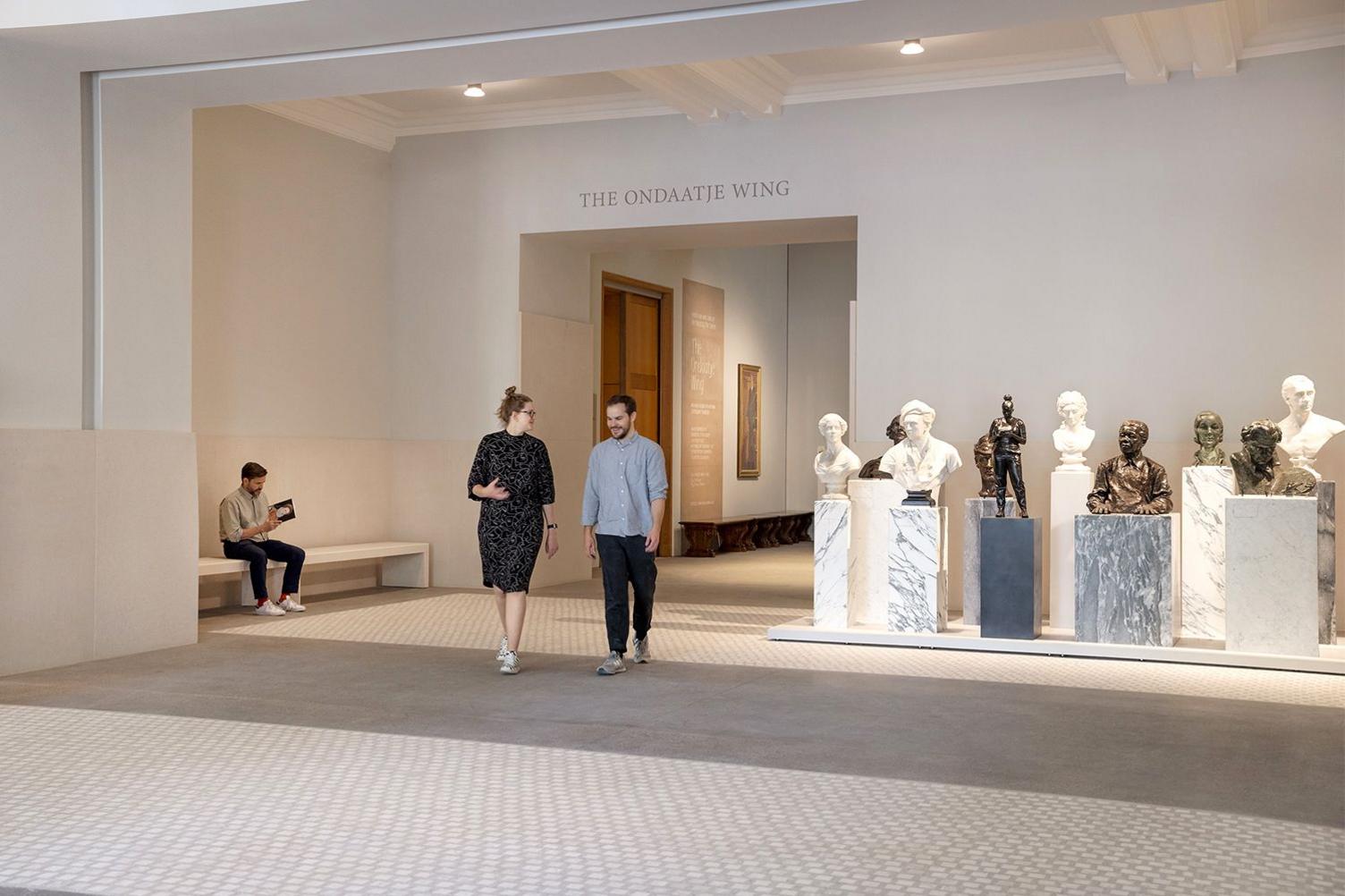
Jamie Fobert Architects was also shortlisted in 2018 for the New Tate St Ives gallery in Cornwall
The National Portrait Gallery has undergone a three-year refurbishment programme, and reopened to the public last year.
"Visitor experience is enhanced by a welcoming new entrance of bronze doors featuring hand-drawn portraits by Tracey Emin, along with a light-filled learning centre and accessible public space carved from former offices," the judges said.
They also noted that "crucial accessibility alterations have opened the building to all" with "an entrance ramp and wider doorways".
Park Hill Phase 2, Sheffield by Mikhail Riches
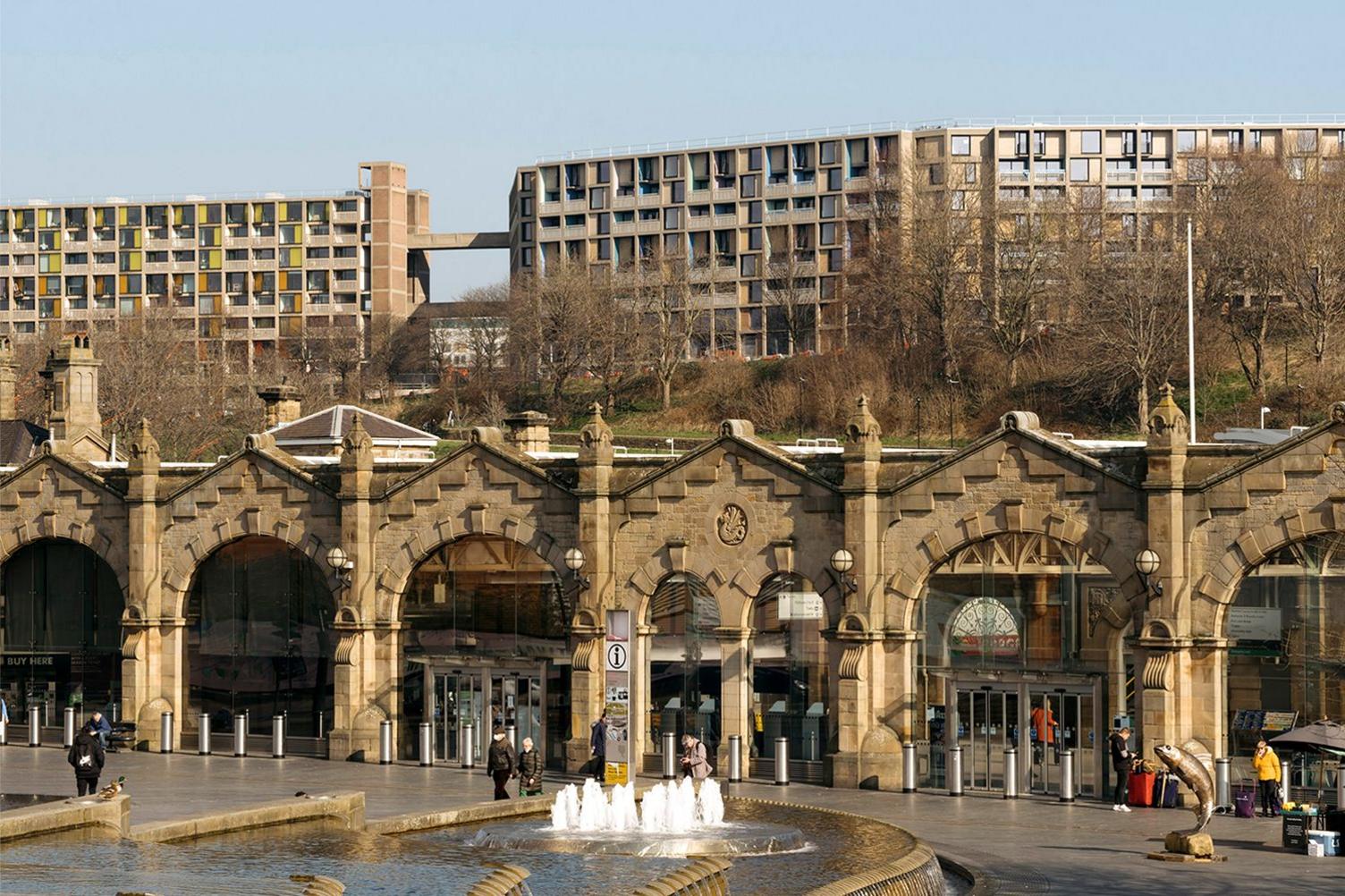
Park Hill estate in Sheffield, seen here behind the train station
Sheffield's Park Hill, which opened in 1961, was the most ambitious inner city housing scheme of its time.
This isn’t the first time Park Hill has been recognised by Riba - the first phase was nominated for the Riba Stirling prize in 2013.
And an Olivier-winning musical set on the estate, Standing at the Sky’s Edge, is just about to finish a run in London’s West End.
Wraxall Yard, Dorset by Clementine Blakemore Architects

The jury has described Wraxall Yard as an "inclusive and accessible rural retreat"
The panel describe Wraxall Yard as previously being "a dilapidated Dorset dairy farm" which "has been sensitively repaired and converted into highly accessible holiday accommodation".
They added that the "development offers extensive yet discreet accessible features, providing disabled guests – particularly wheelchair users – with a high degree of independence" as "clever landscaping removes the need for ramps and obvious handrails".
Related topics
- Published19 October 2023
